The Two Creeks Walks
One of the many joys of Faversham is that it is possible to stride out from the centre of the town for a heavenly walk without jumping into a car. Spoilt for choice, as is so often the case in Faversham, walkers have two excellent routes to the northwest of Faversham, the Two Creeks Walks. Both encompass magical estuary views, plenty of boats and intertidal mud flats and saltmarsh and corridors of reed beds.
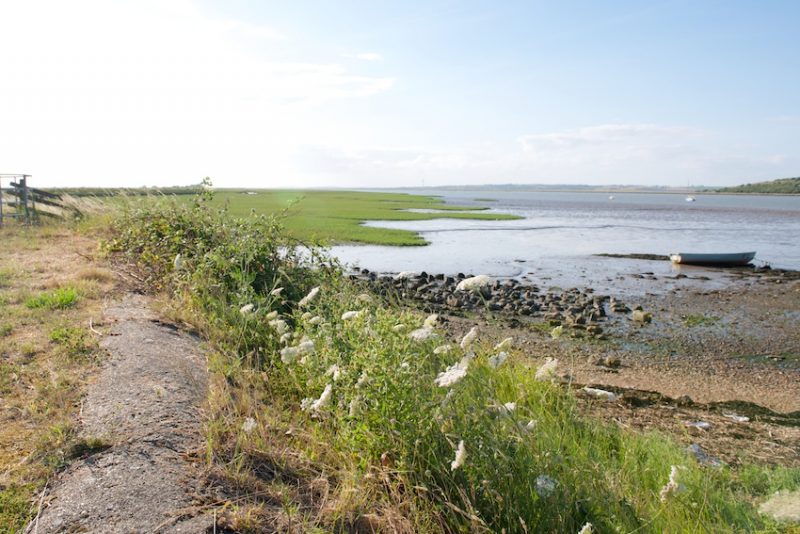
The estuarine landscape around Faversham
The topography explains much of the history of Faversham. From the Middle Ages, the creek was the lifeline of the town, connecting it with the outside world long before the advent of the railway and the motor car.
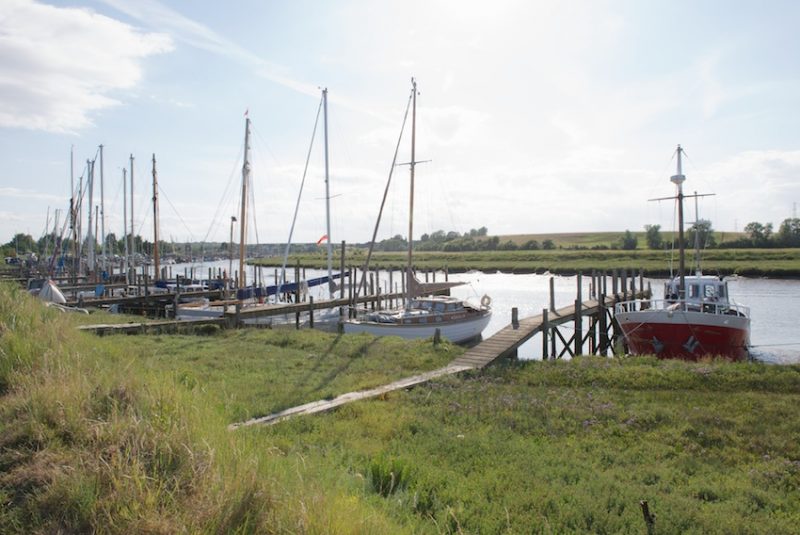
For centuries the creek was the lifeblood of Faversham
Oare Walk
This circular walk takes approximately one hour. For those who don’t live in Faversham, park at the head of Oare Creek, just east of The Castle pub. There is a gate leading to the footpath signposted the Saxon Shore Way. (The 163-mile SSW is from Gravesend to Hastings.) The first stretch takes you alongside the tidal Faversham Creek and the Wharf looking over to a medley of different boats on your right. At one time this would have been brimming with barges bringing goods in and out of the town. On the left there is a good view up to St Peter’s Church Oare (see previous article – The Mulberry Connections 31 March 2017),
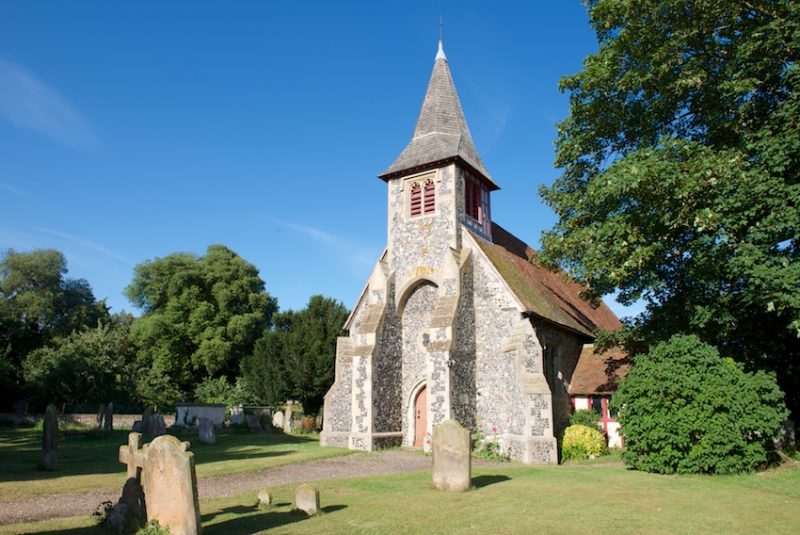
St Peter’s Church, Oare, near Faversham
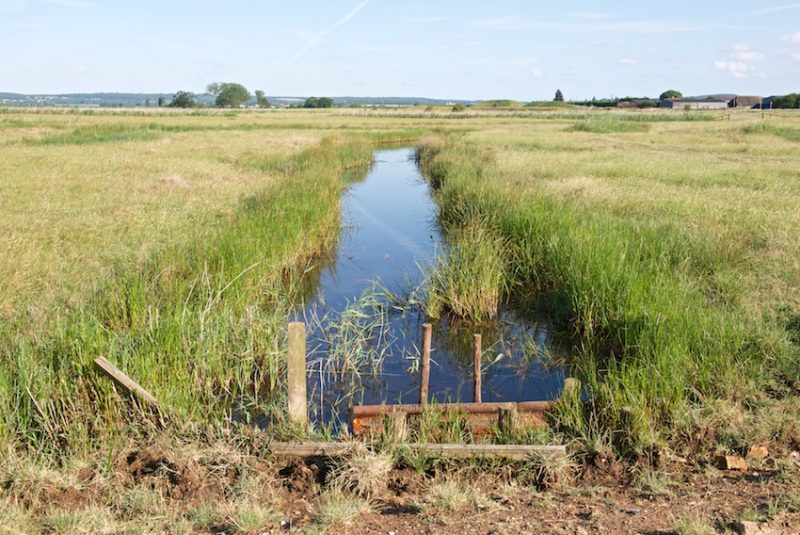
Faversham marshes
Pheasant Farm, and its adjacent handsome barn on the brink of an escarpment. Towards the end of the creek the view opens out to the Swale estuary, looking towards Whitstable in the distance beyond Nagden marshes. The landscape and waterways, being tidal, are always shifting, sometimes muddy, sometimes glassily smooth, but always hauntingly beautiful in the way that only estuaries can be. Wild flower enthusiasts will find much to delight, including hog’s fennel, only to be found in Essex and Kent.
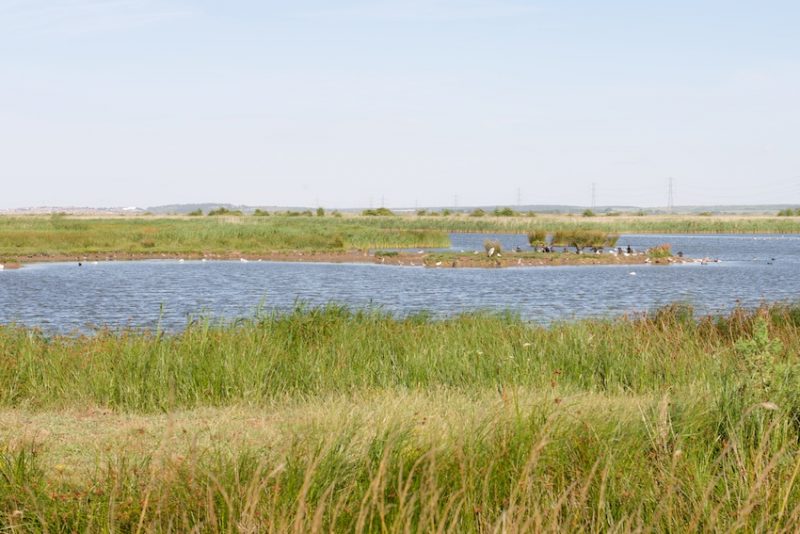
Emerging onto the Swale one looks across to the Isle of Sheppey and Harty. The 16th- century pub originally served refreshments to the Harty ferry passengers. Less than a hundred years ago this was a busy passenger ferry linking the mainland with the island. The service ended in the early 1940s. Today, Harty, a little hamlet, which consists of St Thomas the Apostle, a diminutive church dating back to the 11th century, extensively restored by the Victorians, three farms and the Harty Ferry Inn, seems extraordinarily remote. It epitomises the allure of the North Kent marshes, so close to London but yet so isolated and mysterious.
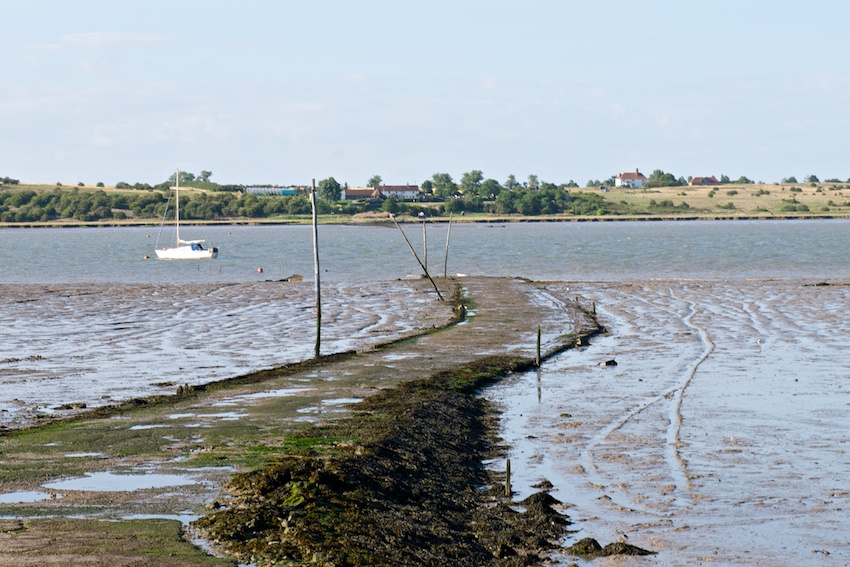
Harty Ferry
After walking for ten minutes, turn left inland on a tarmacked road where you will find yourself in the Oare Marshes Nature Reserve. An internationally important reserve, it is known especially as a site for spring migratory birds: avocet, lapwing, black-tailed godwit, whimbrel and curlews are just a few of the birds to look out for.
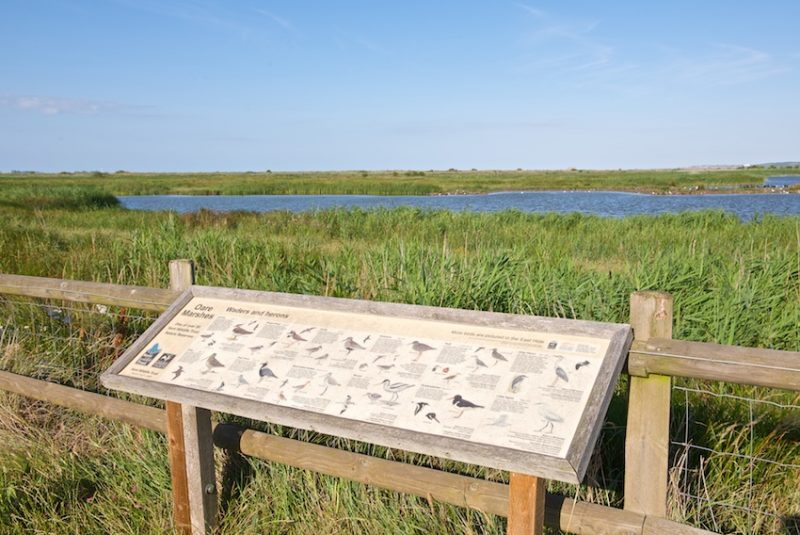
The internationally renowned nature reserve at Oare, near Faversham
Managed by Kent Wildlife Trust, there is a notice board with recent sightings of birds. Whatever the weather, there is always a bevy of twitchers. Sometimes Highland cattle are grazing on the marsh. This week Longhorn cattle are in residence.
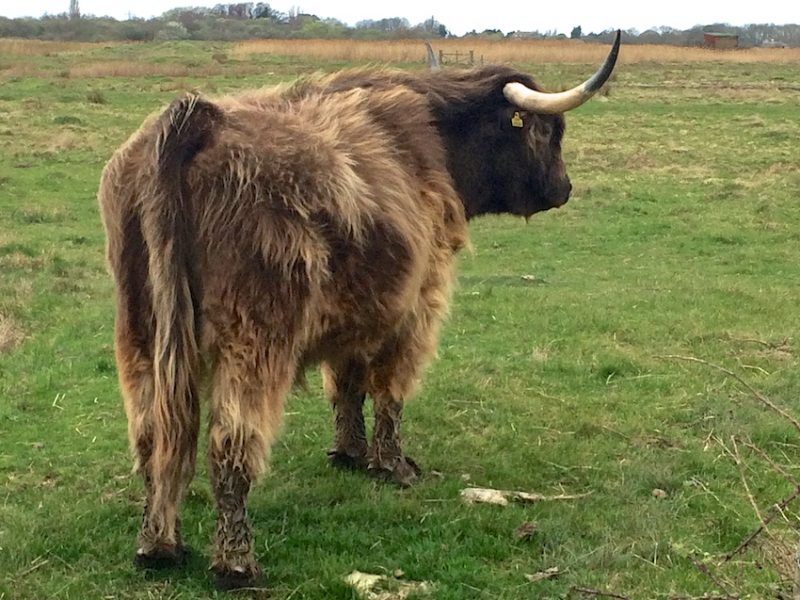
Handsome longhorn cattle
Follow the road round until one reaches Oare. On the way, look out for the attractive brick Court Lodge farmhouse on the right. On the left, the walk takes one alongside the colour- washed Pheasant Farm, with its charming grass maze and pretty garden which is regularly open for the National Garden Scheme. There are good views out over the creek towards Faversham.

View from Oare over the Creek to Faversham
Eventually you will find yourself at The Three Mariners, a fine Shepherd Neame public house known for its top quality food. Dogs are allowed in the bar area and at the tables outside.
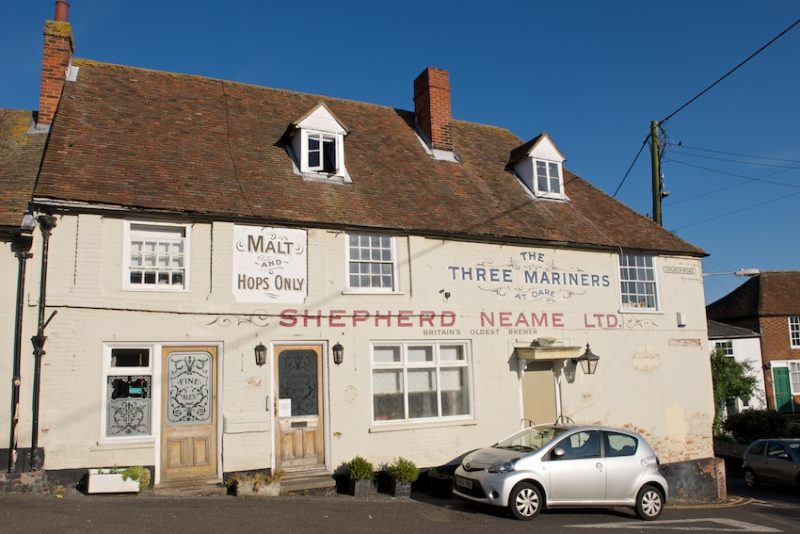
The Three Mariners, Oare, a Shepherd Neame pub well known for its superb food
The Lower Brents Walk
Start from the Front Brents, just east of the swing bridge. Until the 1820s this was a marshy area, but in 1842/43 the creek was improved and straightened from Standard Quay to Ordnance Way. The excess silt and spoil was judiciously deposited, raising the land levels, and houses were erected for brickworks and bargemen. According to The Faversham Society, ‘this was Faversham’s first industrial revolution suburb’. There are fine views over to the town, with St Mary’s spire to the rear. Follow the signs for the Saxon Shore Way and you will emerge after a narrow overhung path onto Crab Island. The houses here were demolished in the 1950s due to seasonal tidal flooding. Interestingly, the residents of the Brents decided that flooding was not a serious problem and the clearance programme ceased. It is a huge expanse of land with the creek on one side, perfect for roaming dogs and children to run wild. Look over to the former Gillet’s Steam Flour Mill, 1866, now converted into a home.
The appeal of this walk is that it becomes increasingly remote as one walks round Ham Marshes, looking over to Graveney and Nagden Marshes. The view back to Faversham must be virtually unchanged in a hundred years. Dominated by the church spire, it is reminiscent of a 17th-century Dutch Old Master painting.
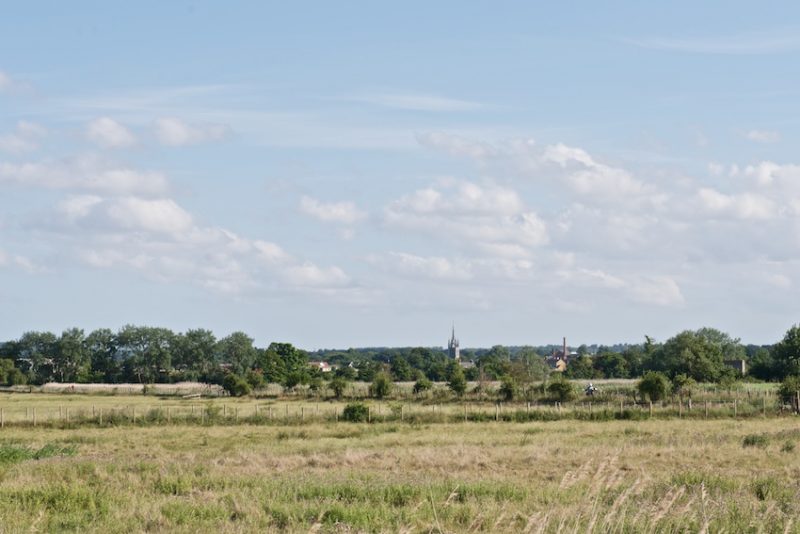
A distant view of Faversham is reminiscent of an 17th Dutch landscape painting
Unlike the Oare Walk, this one does not go alongside the Swale Estuary. It turns back on itself by The Shipwright’s Arms, a quaint 17th-century hostelry where it is easy to imagine smugglers congregating. Stop for a drink and imbibe it looking out over the water. The last section of the walk is along the road – don’t despair, it takes in the little enclave clustered around the old windmill, with a row of what were once mill workers’ cottages and the miller’s house; now of course, all much changed and gentrified. Or you can follow the footpath through the middle of Ham Marshes.
Text: Amicia. Photographs: Lisa